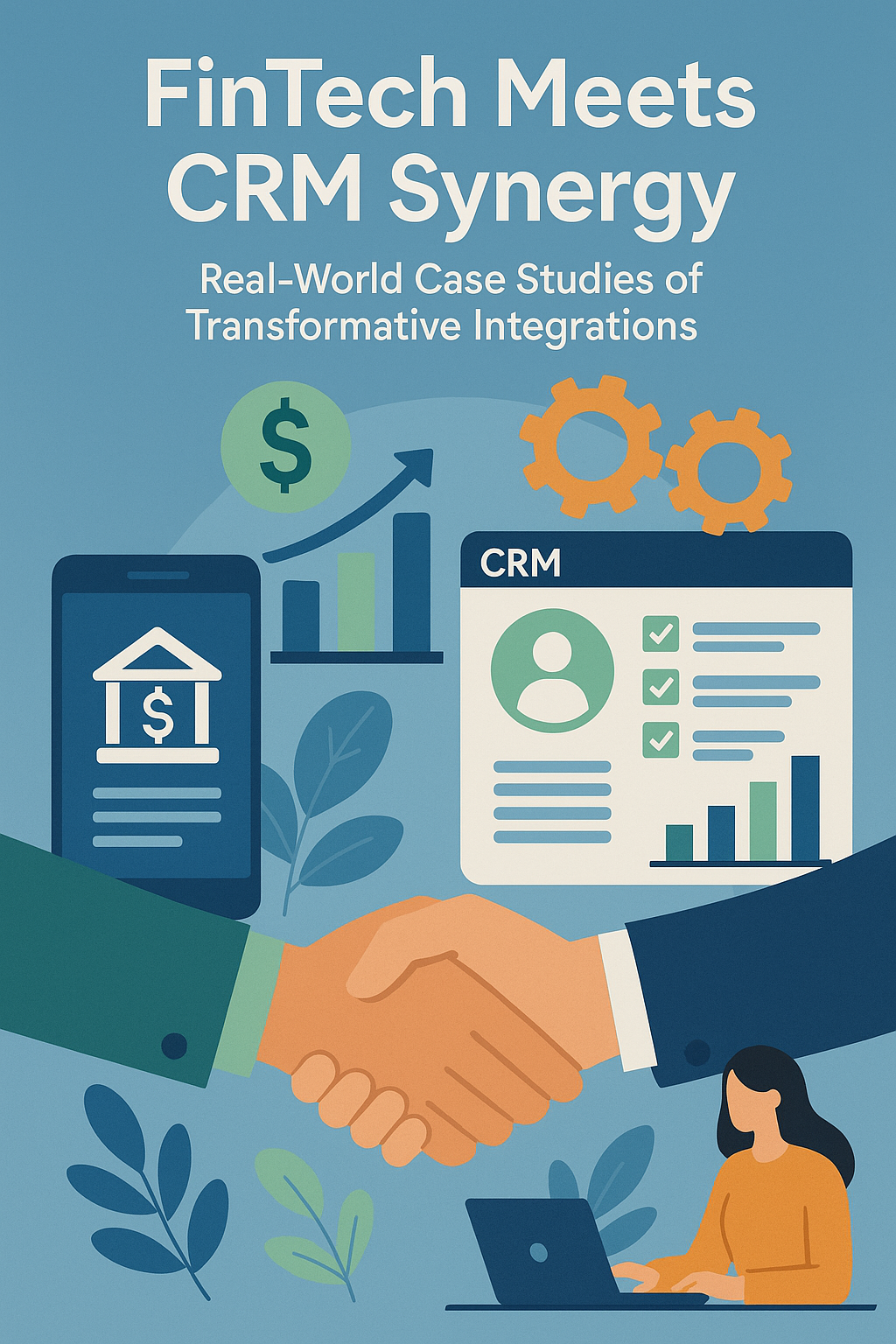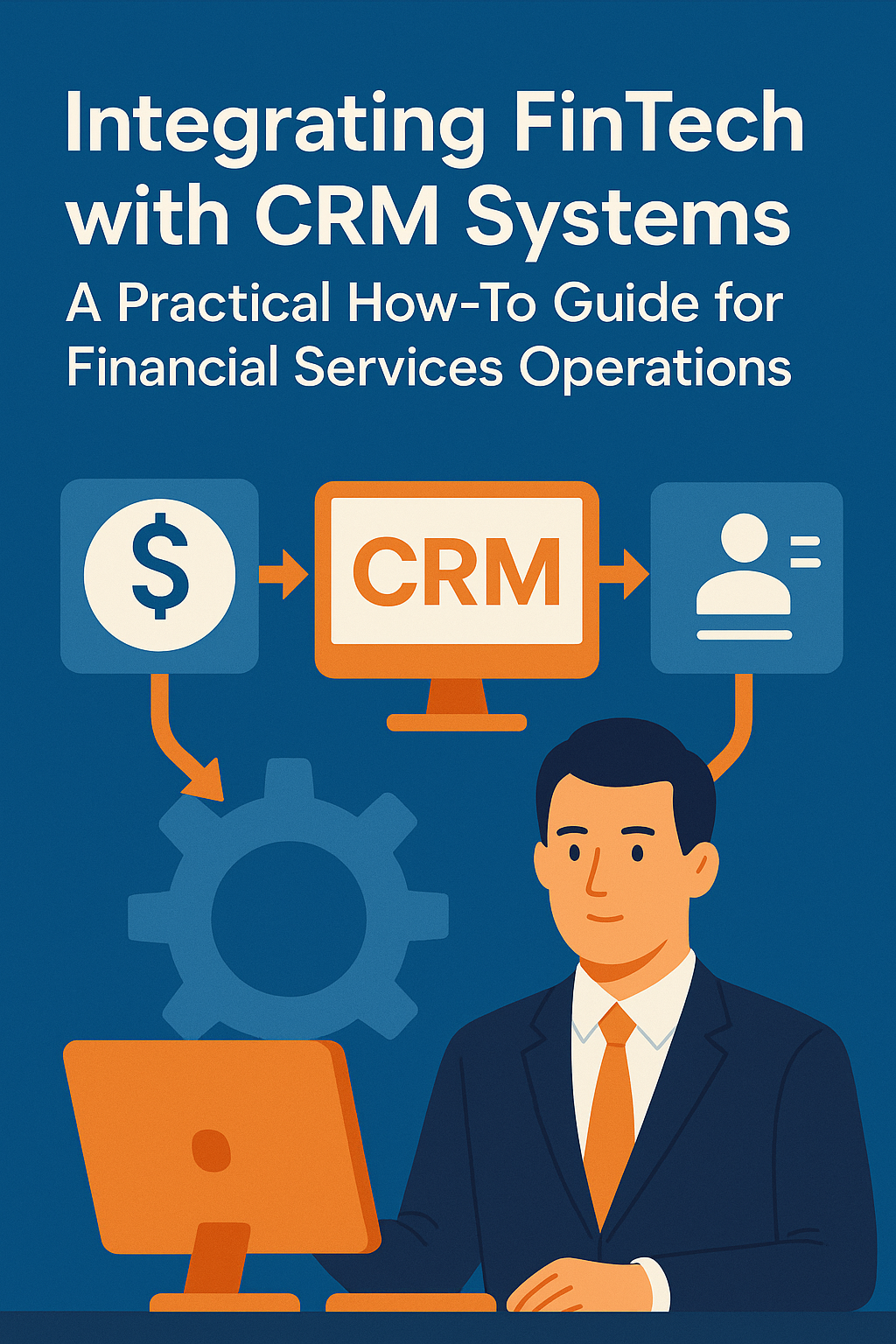
How Salesforce Winter '26 enables compliant data archiving for financial services organizations.
Why proactive data archiving matters for financial organizations in 2026
Financial services organizations are subject to ever-tougher regulatory, audit, and risk requirements for long-term data retention. With Salesforce Winter '26, these demands take on new relevance, as compliance officers and operations leads must plan for securely archiving years—sometimes decades—of sensitive client and transactional data. Proactive archiving isn’t only about cost control or storage: poorly managed records can create audit exposures, legal risks, and operational blind spots. High-performing firms treat data archiving as a core part of their data governance and compliance programs. They establish enterprise-wide data retention schedules, segmenting data by type (e.g., financial statements, client communications, KYC/AML records, trade confirmations, insurance claims) and by regulatory jurisdiction. In the U.S., FINRA, SEC, and GLBA guidelines dictate specific requirements for data access, retention duration, and secure deletion. Forward-looking organizations regularly refresh their compliance policies to reflect changing business needs and actively audit their archiving practices to spot emerging gaps. For practical examples of compliance checklists, the FINRA resource center (FINRA Books and Records Guidance) sets a benchmark, and additional detailed policy advice is found at ABA Data Management.
How to implement retention and audit policies using Salesforce Winter '26
Salesforce Winter '26 introduces new tools and platform capabilities to help financial institutions put retention and audit policies into action. The platform’s Data Storage and Data Archiving features allow organizations to automate offloading of inactive records, such as closed accounts or past policy claims, to less expensive, high-compliance storage—with full audit-trail visibility. The latest analytics modules allow granular reporting on data access, retention status, and records scheduled for destruction—satisfying auditor drilldowns and internal controls alike. Admins can configure automated retention schedules at the object or field level, ensuring that client statements, trade records, and communications are retained precisely as dictated by policy. Enhanced permissions and Salesforce Shield further ensure only authorized personnel access sensitive archives. For a technical walkthrough, review Salesforce’s archiving guide (Salesforce Archiving Overview) or see SalesforceBen’s guide for real-world admin tips.
Best practices for governance, automation, and securing legacy data assets
Governance and automation are the keys to maximizing compliance while reducing manual workload. Leading financial organizations establish Centers of Excellence for data governance, bringing together IT, risk, and operations teams to monitor regulatory change and coordinate platform updates. Automation—using Salesforce Flow and partner apps—can identify expiring records, initiate destruction workflows, and notify compliance leads for required reviews. It’s also vital to document all processes, with ongoing user training and scenario-based audit drills to test system resilience. Secure archiving in Salesforce is an ongoing operational discipline, not a one-off project. For firms looking to enhance governance, services like Vantage Point can provide regular audits, managed automation, and roadmap planning to continuously improve compliance posture. Industry perspectives can be found at Deloitte on Regulated Data.




